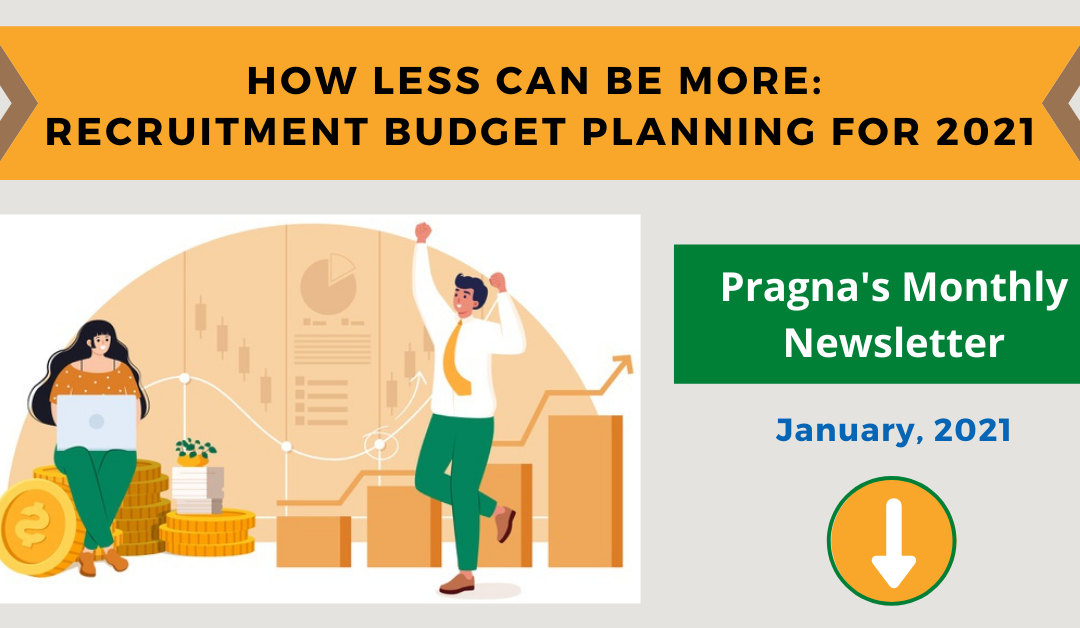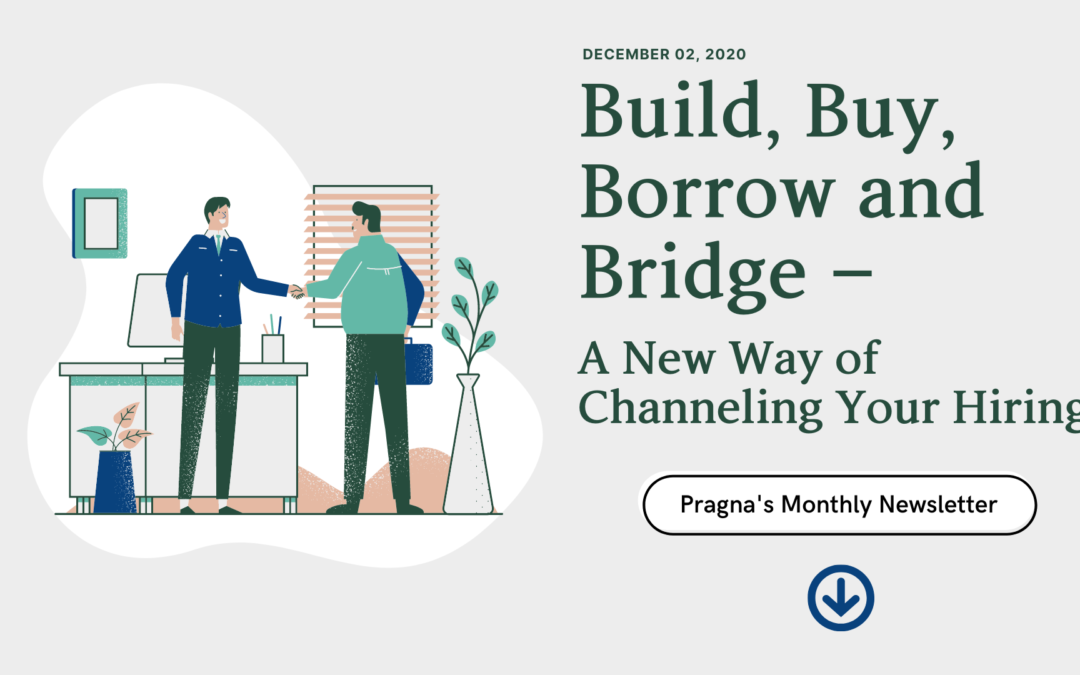
Bringing the Lessons of 2020 into 2021
We faced a global economic crisis, and a public reckoning with racism in the United States. We all need to focus on getting the momentum back in 2021 and focus on learning the lessons of 2020 in 2021.

We faced a global economic crisis, and a public reckoning with racism in the United States. We all need to focus on getting the momentum back in 2021 and focus on learning the lessons of 2020 in 2021.

There is no doubt that it can be intimidating to re-enter the workforce, for those who have taken a break in their career whether to start a family, travel around the world, care for an ailing parent, or anything in between like simply enjoy a break to rediscover yourself.
You may, you feel a little anxious about starting a new job, or you may worry that your skills are a little tarnished because a lot has changed since you’ve been away from the workforce. But now is not the time to panic, this is the time to prepare yourself for the job search some time away.
It matters less about having a career gap, and more about showcasing your potential employer how the experience you gained before and during your break can make you an asset to their team.
If you feel you’re in this situation, here are five effective tips to help increase your chances of getting hired following a career break. Take one step at a time, and you’ll be chit-chatting at the water-cooler in no time.
Many people tend to make the mistake of jumping straight back into the first job they can find. But before applying for a position or even updating your resume, it’s important that you sit aside and spend some time thinking about what’s important to you in your new career. Consider the 4 P’s to make your analysis a little easier: Position, Pay, Place and Path.
It’s quite common for you to believe that a career gap on your CV has lessened your chances of getting a job. However, instead of seeing it as a stumbling block, see it as something beneficial that can differentiate you from other candidates.
You should have a good idea of your strengths and weaknesses, and according to these, you can match your skill set to a career opportunity that you’re interested to pursue. Remember all the new skills you have practiced and developed the entire time away from the workforce like transferable skills such as communication, organization, or project management.
Once you’ve figured out the type of roles you’d like to apply for, and the kind of company you’d prefer to work for, it’s time to clean up your résumé. If you’re finding it hard to describe your time away from the workforce, don’t overthink it.
List all the new skills you may have developed during your break, and explain how these can correspond to the job you’re applying for. For example, did you take a diploma or certification course specializing in new technology? Did you do some volunteer work in your free time or develop your leadership skills, which will help you to lead a team more effectively? Or perhaps travelling the world helped to boost your confidence?
LinkedIn is known to be a recruiter’s playground, so being active and visible there will get you noticed by the right people and opportunities. If you don’t have a LinkedIn profile, now is the time to set one up. Spend some time to reach out to your previous colleagues, clients, friends, and family.
Let them know that you’re seeking a new role. They might have the perfect job opportunity for you or be able to show you the right direction. This is also a good time to prepare any potential references that could support your job search.
After you’ve done all the preparation, and now it’s time for you to nail your pitch until you’re comfortable and confident. Read up on a few tips for nailing an interview which will help you confidently answer questions about your experiences, your desires for the future, and your career gap. Remember, honesty is the key. Make it clear what you did during your break and why you considered it as the right thing for you to do. Also, don’t forget to identify and practice your unique value proposition.
Taking a career break is more common than you may think, despite the stigma that the potential candidates will fill that void. Don’t forget, everyone has different career ladders and they climb at their own pace depending on their personal and professional goals in life. You can also look for companies that have set up return-ship programs that will offer you extra support while you find your feet in the workplace.
Returning to work should be an exciting time, not a nerve-racking one. So if you’re feeling apprehensive about beginning your journey back into the workforce after a career break, keep these tips handy to put you on the right path with renewed confidence.
Do visit Pragna Solutions website for more blogs. Contact Us Today for your Recruitment Needs!

Avail our Exciting September Combo Discount Package Offer!!

An ideal and perfect budget for 2021 may not be attainable but a better budgeting process certainly is. Here are few guidelines to abide by to create the right budget that attenuate unplanned costs and maximize recruitment ROI.

When organizations need to hire new talent, there are 4 B methods – Buy, Borrow, Build, and Bridge – that can be used to solve the talent shortcomings. We shall discuss this model as we go along.